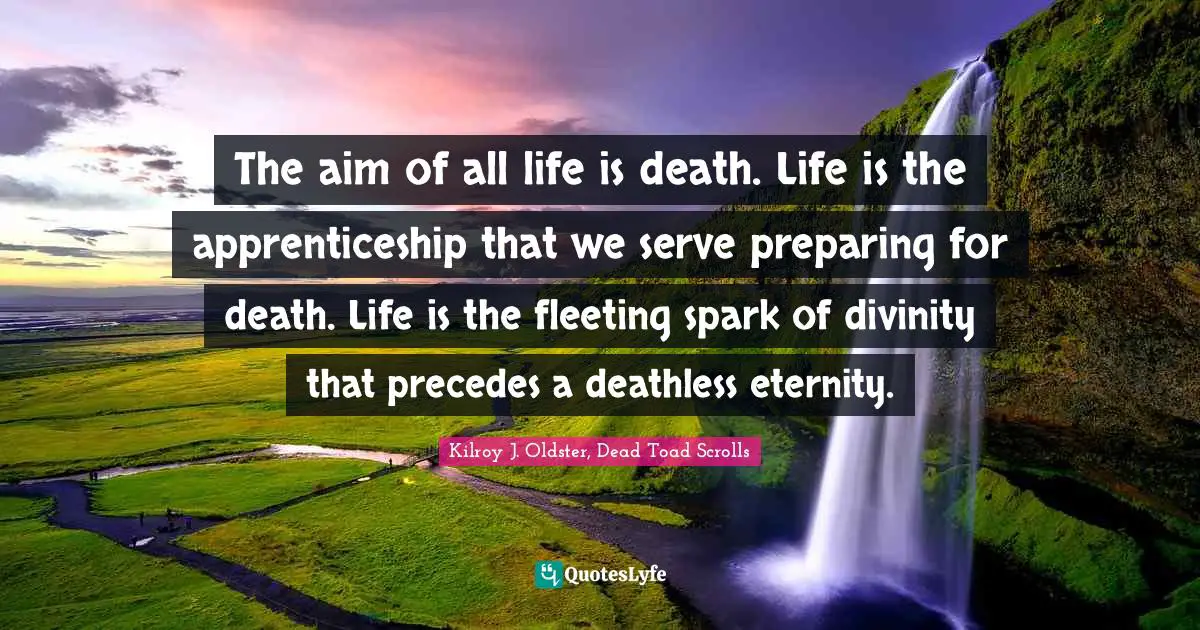
The duration of each stage is so variable from one church to the next that it is impossible to characterize each stage by assigning a stated length of time to it.) No period in the life of a church is more responsible than the birth stage, despite its brevity, for defining the congregation’s mission and self-identity. (It must be noted that in almost no other way is a particular scale of time important to an understanding of a church’s life cycle. The birth stage of the life cycle is brief, almost momentary, in the scale of time usually associated with the full life of a congregation. Demonstrating this life cycle and helping a church find itself in the progressive route between life and death has become an important tool for helping church leaders find their way out of stability and decline to vital ecclesial health. 1Įach year, I work as a consultant with dozens of churches, and through years of accumulated experience in ministry as a pastor and in congregational development, I have found the effects of this life cycle on congregations to be readily apparent. A number of scholars have noticed how congregations often mimic the life cycle of biological organisms.

As biological beings, we are born we mature and grow through adolescence we become somewhat sedentary adults we decline in old age and we die.

I remember when misery was a bee sting, not back pain when fatigue was what my feet felt after a series of 10-mile days on the Appalachian Trail, not breathlessness from climbing the stairs to my office. As a young, 52-year-old, middle-aged person (I intend to live to be 104), I am becoming increasingly (and sometimes agonizingly) aware of the natural life cycle of human beings.


 0 kommentar(er)
0 kommentar(er)
